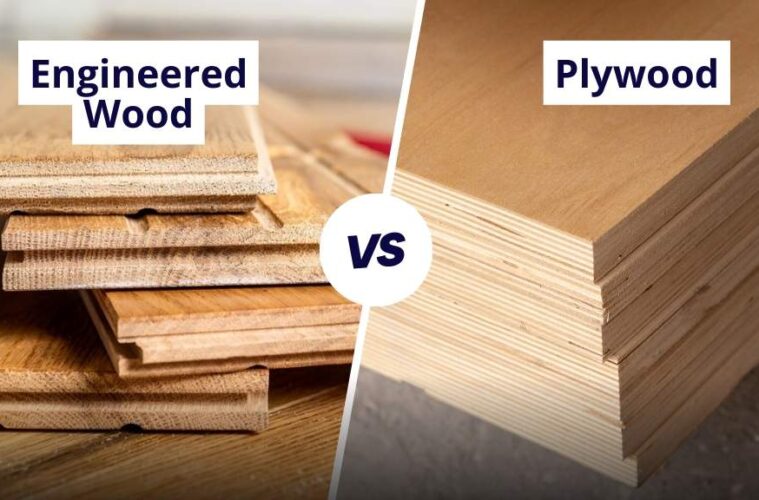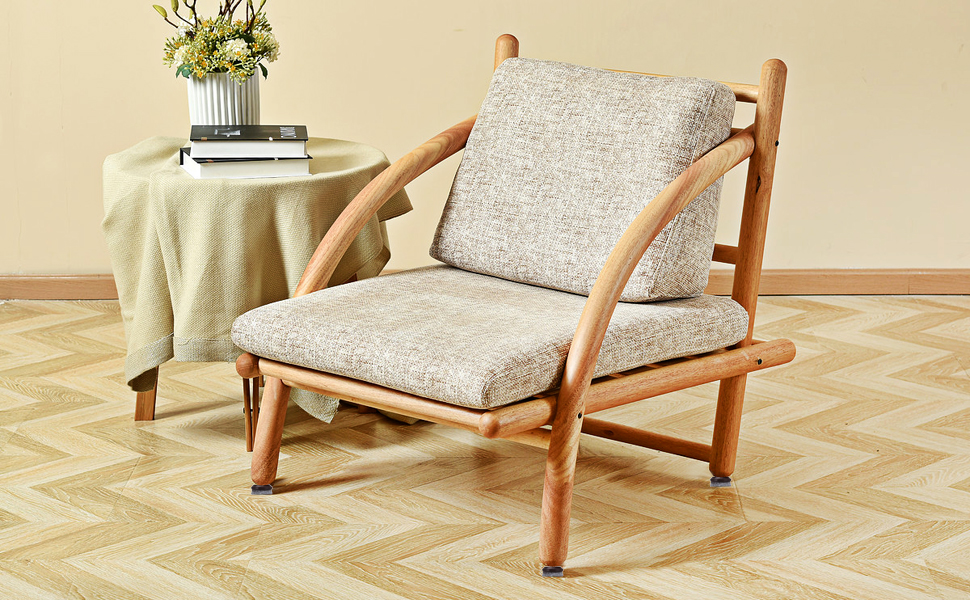When it comes to home improvement and furniture making, choosing the right material can
be a daunting task. Two popular materials, engineered wood and plywood, are often
compared for their strength, cost, and versatility. If you are considering these options for your
doors or furniture, understanding their differences and applications can help you make the
best choice. In this blog, we’ll delve into the debate of engineered wood vs. plywood and
explore how each can contribute to stunning plywood door designs.
What is Engineered Wood?

Engineered wood is a composite material made by bonding wood fibers, particles, or veneers together with adhesives. Common types of engineered wood include MDF (Medium-Density Fiberboard), HDF (High-Density Fiberboard), particle board, and block board.
Advantages of Engineered Wood:
● Smooth Finish: The uniform surface is ideal for painting or veneering.
● Affordability: Engineered wood is often more cost-effective than solid wood and
plywood.
● Ease of Use: Its consistent density makes it easy to cut and shape.
● Common Applications: Engineered wood is used in furniture, cabinets, wall paneling, and interior doors.
What is Plywood?
Plywood is made by bonding thin layers (veneers) of wood together, with the grain of adjacent layers arranged perpendicularly. This structure gives plywood its renowned strength and resistance to warping.
Advantages of Plywood:
● Strength and Durability: Plywood can withstand heavy loads and resist warping over
time.
● Moisture Resistance: Some types, like BWP (Boiling Waterproof) plywood, are highly
resistant to moisture.
● Versatility: Suitable for a variety of applications, including furniture, doors, and
structural uses.
● Common Applications: Plywood is widely used in construction, furniture, flooring, and high-quality door designs.
Engineered Wood vs. Plywood: Key DifferencesFeatureEngineered
Wood Plywood Composition Made from wood fibers or particles Layers of wood veneers Strength Moderate; can sag under heavy loads High; suitable for structural use Durability Prone to damage in high humidity Resistant to warping; durable Moisture Resistance Low to moderate High (especially marine plywood) Applications Furniture, cabinets, and interiors Doors, furniture, construction Cost Generally lower Higher, depending
on the type Plywood Door Designs.
Plywood is an excellent material for crafting durable and stylish doors. Here are some popular plywood door designs:
1. Flat Panel Doors
○ These minimalist designs are sleek and modern, perfect for contemporary
interiors.
○ A veneer or laminate finish can add an elegant touch.
2. Grooved Plywood Doors
○ Grooves or patterns can be carved into the plywood for a decorative
appearance.
○ Ideal for living rooms or office spaces.
3. Veneered Plywood Doors
○ Adding a layer of natural wood veneer on plywood doors gives the look of solid
wood at a fraction of the cost.
○ Suitable for both traditional and modern designs.
4. Sliding Plywood Doors
○ Perfect for space-saving solutions, sliding plywood doors are lightweight yet
sturdy.
○ Combine plywood with glass inserts for a contemporary aesthetic.
5. Plywood with Inlays
○ Enhance your plywood door design with metallic or wooden inlays for a
sophisticated appearance.
○ These are perfect for main entrances or statement doors.
Choosing the Right Material for Your Doors:
1. For Interior Doors:
○ Engineered Wood: Great for budget-friendly options where moisture exposure
is minimal.
○ Plywood: Offers more durability and is better for areas with moderate wear
and tear.
2. For Exterior Doors:
○ Plywood: Opt for BWP or marine-grade plywood to withstand outdoor
conditions.
○ Engineered Wood: Not ideal for exterior use due to low moisture resistance.
3. For Customized Designs:
○ Plywood: Easier to carve and shape, making it ideal for intricate designs and
patterns.
○ Engineered Wood: Works well for smooth, painted finishes.
Conclusion :
When it comes to engineered wood vs. plywood, the right choice depends on your specific
needs and the environment where the material will be used. For strength, durability, and
versatility, plywood is often the preferred option, especially for plywood door designs that
need to stand the test of time. However, engineered wood offers a cost-effective solution
for projects where structural strength is less critical.
By understanding the strengths of each material, you can make informed decisions to
enhance your interiors with doors and furniture that are both functional and beautiful.



